When it comes to photographing infants, safety should always be your top priority. From ensuring the baby is comfortable to protecting their delicate skin from harsh lighting, there are a number of precautions you should take while taking pictures of your precious bundle of joy. To ensure you get stunning photos and keep your little one safe, here are some essential tips for photographing infants. First and foremost, make sure the environment is comfortable and safe for the baby.
Make sure the temperature is comfortable, and provide plenty of blankets and clothing layers to protect against any drafts. To prevent injury, also make sure that all furniture and props are securely fastened or placed away from the baby. Another important safety tip is to use proper lighting. The use of flash can be dangerous for young eyes, so if you're using a flash, make sure it's at least 3-4 feet away from the infant.
Additionally, be aware of any other lighting sources in the room that could cause glare or shadows. Finally, make sure you have a clear shot of the baby before taking the photo. Never leave a baby unattended while taking pictures and always have an adult nearby for assistance. Also, avoid putting any clothing or props that could pose a choking hazard on or near the baby.
With these safety tips in mind, you can confidently take beautiful photos of your little one without compromising their safety. So go ahead and capture the precious moments of your infant's life with confidence and skill!Camera Settings - When photographing infants, it’s important to ensure that your camera settings are appropriate. Make sure the ISO is low to reduce noise, and adjust the aperture so that the photo is sharp and clear. Set the shutter speed to a slower speed if the infant is moving around, to ensure that the photo is not blurry.
If available, use a zoom lens for close-ups and macro shots.
Lighting and Angles
- Lighting and angles can make a big difference when photographing infants. Natural light is best for infants, and you should ensure that the light isn’t too harsh or too dim. Avoid direct light from windows or lamps, as this can cause glare in the photos.When positioning the baby for the photo, try different angles for a more interesting effect. Try side lighting to create a more dramatic look, or use backlighting to create a silhouette effect.
Safety
- It’s important to keep the baby safe when taking photos. Make sure that the baby is securely held in place, either by a parent or an assistant.If you are using props such as blankets or headbands, make sure they fit properly and are not too tight. If you are taking pictures in an unfamiliar location, make sure there are no tripping hazards or other potential dangers.
Comfort
- Infants may become uncomfortable or fussy during a photo session, so it’s important to make sure that they are comfortable. Talk to them in a soothing voice and keep them warm with blankets or other props.If necessary, take a break and let them rest before continuing with the session.
Risks
- There are some potential risks associated with photographing infants that should be avoided. Never leave an infant unattended during a photo session, as they could be injured or become ill. Additionally, never attempt to take pictures of an infant on your own if you don’t have experience with photography.It’s best to hire a professional photographer who is experienced with photographing babies.
Handling Props
When photographing infants, it is important to handle props carefully in order to ensure the safety of both the baby and the photographer. When deciding which props to use, be sure to select items that are non-toxic and free of sharp edges or small parts that could be choking hazards. Additionally, make sure the props are not too heavy for the infant to handle and do not contain any materials that could stain clothing or cause skin irritation. When using props, it is important to make sure they are securely placed and securely held in place. This means making sure the props are firmly attached to the surface they are sitting on or held in place by an adult or other secure support.Additionally, it is important to take extra precautions when using props near infants, such as keeping them away from the baby’s face and out of reach of their little hands. When possible, use props with bright colors and interesting textures to help keep the infant’s attention. Finally, be aware of any potential hazards associated with the props you are using. For example, avoid using candles or open flames near an infant and be sure to check for any loose strings or wires that could present a hazard. By taking these precautions, you can ensure that your infant photography session is a safe and enjoyable experience for both you and your little one.
Appropriate Lighting and Angles
When it comes to photographing infants, lighting and angles are important to consider in order to ensure the safety of both the photographer and the baby.The right lighting can help to create flattering and comfortable shots of your little one. Natural light is often the best choice for infant photography, as it creates softer shadows and a more even light distribution. This is especially important when taking close-up shots of babies, as harsh lighting can cause unflattering shadows and highlights. You can also use a reflector or a diffuser to soften the light if needed.
When it comes to angles, it’s best to shoot from slightly above your subject. This angle will be more flattering for the baby, as it will make them look bigger than they are. It’s also important to be aware of the background when positioning the baby. Choose a background that is free from distractions, so that the focus remains on the baby.
Photographing infants can be challenging, but with the right lighting and angles, you can capture beautiful shots of your little one that you’ll cherish for years to come.
Potential Risks
Photographing infants can come with some potential risks, both for the photographer and the baby. To ensure the safety of everyone involved, it’s important to be aware of these risks and take the necessary precautions.Trip Hazards
- When photographing an infant, it’s important to make sure that the environment is free of trip hazards. Be sure to move any furniture or other objects that could cause someone to trip or stumble. In addition, make sure that any electrical cords are tucked away to avoid any tripping hazards.Crowded Environment
- When photographing an infant, it’s important to keep the environment as calm and quiet as possible.Having too many people or too much noise can be overwhelming and stressful for a baby, so it’s best to keep the environment as calm and peaceful as possible.
Stability
- Babies are very fragile and can easily be injured if they are not handled carefully. When taking photos of an infant, it’s important to make sure that they are being held securely and that they are not in danger of falling or being injured in any way.Lighting
- When photographing an infant, it’s important to make sure that the lighting is not too bright or too dark. Too much light can be uncomfortable for a baby, while too little light can make it difficult to get a good shot. Be sure to adjust the lighting accordingly.Props
- When using props in an infant photoshoot, it’s important to make sure that they are safe and appropriate for the age of the baby.Some props may pose a choking hazard or other risks, so it’s best to avoid them. By taking the necessary precautions and being aware of potential risks, you can ensure a safe and enjoyable photoshoot for both yourself and the baby.
Recommended Camera Settings
When photographing infants, it’s important to consider the camera settings that will best capture the moment. Shutter speed, aperture, ISO, and other settings should be adjusted to achieve the desired results. Shutter speed is the amount of time a camera’s shutter is open. The faster the shutter speed, the less blur that will appear in the image.A slower shutter speed will create more blur. Slower shutter speeds are ideal for photographing infants because they allow for more light to enter the camera, resulting in a brighter image. The aperture is the size of the opening in a camera lens. A larger aperture means more light can enter the lens, creating a brighter image.
A smaller aperture will result in a darker image. When photographing infants, it’s best to use a larger aperture to capture as much light as possible. ISO is the measure of a camera’s sensitivity to light. The higher the ISO number, the more sensitive the camera is to light.
A higher ISO setting will create a brighter image. However, higher ISO settings can also create more noise in the image. It’s best to use a lower ISO setting when photographing infants. In addition to shutter speed, aperture, and ISO, other settings should be considered when photographing infants. White balance should be adjusted to ensure accurate colors in the image.
Auto-focus should also be used so that the camera will focus on the baby’s face. Finally, it’s important to adjust the exposure compensation to ensure that the image is not too bright or too dark. Safety should be the number one priority when photographing infants. Taking pictures of babies can be a rewarding experience, but it is important to ensure the safety of both the photographer and the baby. This article has covered some key safety tips including recommended camera settings, appropriate lighting and angles, handling props, and potential risks.
Adhering to these protocols will help to create a safe and enjoyable experience for everyone involved. Photographing infants should be a fun and rewarding experience, so it is important to ensure that safety is the number one priority. Following the tips outlined in this article is a great way to ensure that you create beautiful images while also keeping your little one safe.

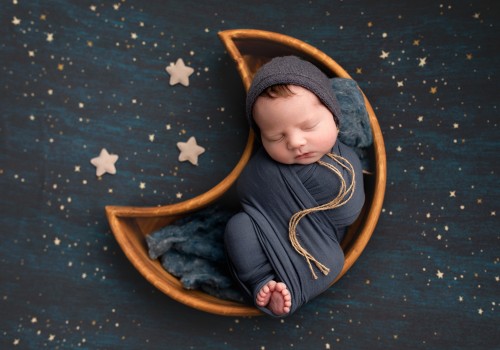
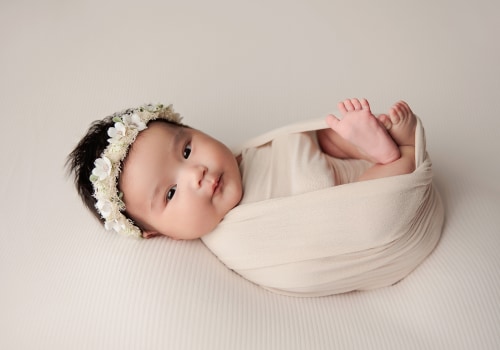
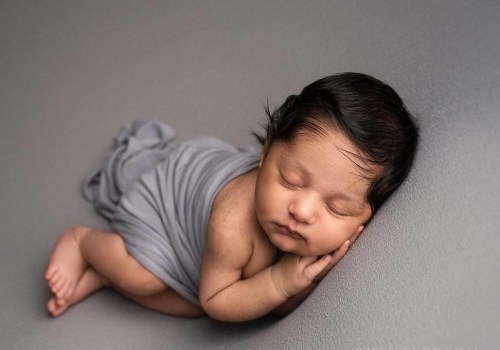
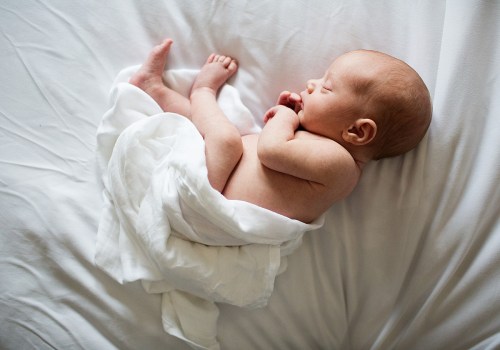
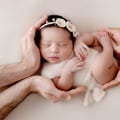
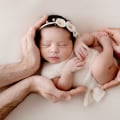

Leave a Comment